FS Colour Series: Royal Purple inspired by Paul Signac’s Half-Light
The deep, inky tone of ROYAL PURPLE linen has the warm intensity of a dwindling sunset as the light fades into shadow. This time of day was a favourite with painter Paul Signac, who saw deep purple tones in the shadows around him as the golden sun of his native France began to sink downwards to the ground. As a pioneering Neo-Impressionist, Signac captured the dwindling, half-light of shadow and dusk with dappled patches of pure violet and purple alongside complimentary yellows and greens, suggesting the flickering heat haze of a summer evening. He wrote, “… by the exclusive use of optical mixture of pure colours … the neo-impressionist ensures a maximum of luminosity, of colour intensity, and of harmony – a result that has never yet been obtained.”
Signac spent his entire life in Paris. As a young artist he was fascinated by the French Impressionists, with their fresh, luminous colour and riotous celebrations of light and he soon began to emulate their style. In 1884 he met and befriended painter Georges Seurat and together they developed Neo-Impressionism, applying dots of pure colour on canvas in frenetic, dizzying patterns of movement and light. Gradually moving away from the Impressionists’ observations of nature, Signac wrote, “Art is a creation of a higher order than a copy of nature…”
In The Dining Room, 1886, indoor light becomes a tranquil sea of purple shadow as evening approaches, with warm, hearty aubergines nestled amongst cooler, bruised blues and violets. Ice cold light floods through the window, scattering a delicate shower of tiny yellow dots across figures and objects. Signac made several painting trips during the summer to Saint Tropez in the following years, finding the purple tinged shadows a source of endless fascination, prompting him to buy a house there. In Plane Trees, Place des Lices Saint Tropez, 1893, an isolated figure finds half-light in the cool shade under a canopy of twisted, gnarling trees coloured with streaks of dark purple and blue, while pools of molten, golden light land in patches around them.
In Saint Tropez Signac was also captivated by the mysterious, purple tones of twilight that seem to hover between reality and a dream. Saint Tropez in the Pine Woods, 1896 draws our eye in with a vibrant, bluish purple tree on the right that bristles and shivers in the stiff evening breeze, while the last haze of violet light from the sinking sun spreads in thin wisps across the sky and splinters into fragments on the ground below. In The Terrace, Saint Tropez, 1898, Signac’s female muse is caught in a silent, pensive moment of reverie, as the light around her falls into mosaic patterns of hushed blue, purple and lilac, capturing a dream-like poetry that veers close to Symbolism.
In later years Signac’s paintings became even more prismatic and colourful as he delighted in the shimmering, mesmeric surface effects he could create through larger, more expressive brushstrokes and vivid, saturated colour. As a keen sailor in his later years he developed a fascination with the patterns of light across water, particularly at sunset, and made a series of paintings featuring famous buildings seen from the sea. In the purple toned Palais de Papes, Avignon, 1909, the famous French palace is overshadowed by the play of evening light on sparkling, half-lit water. In Signac’s dreamy vision, real forms gradually break apart into kaleidoscopic splinters of purple, yellow and green, just before falling into the darkness of night.





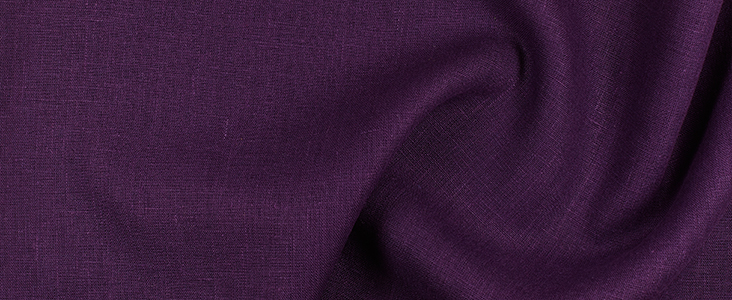

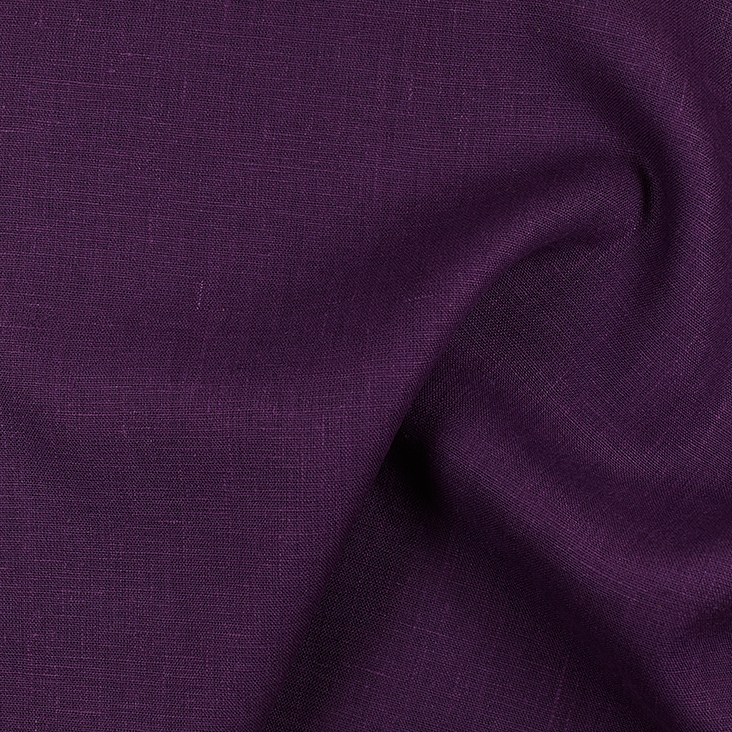
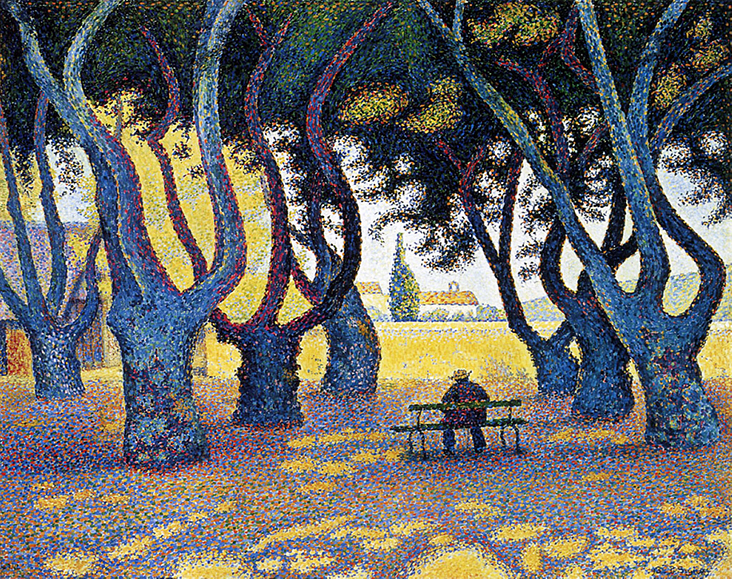
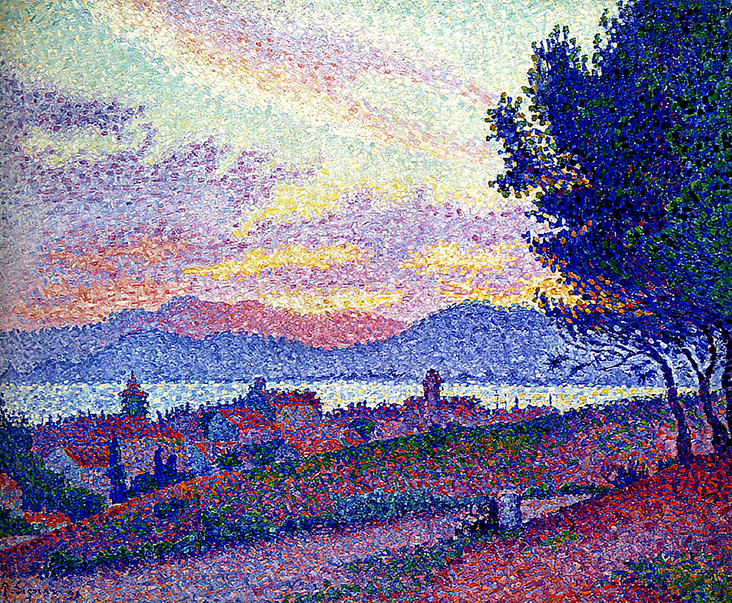
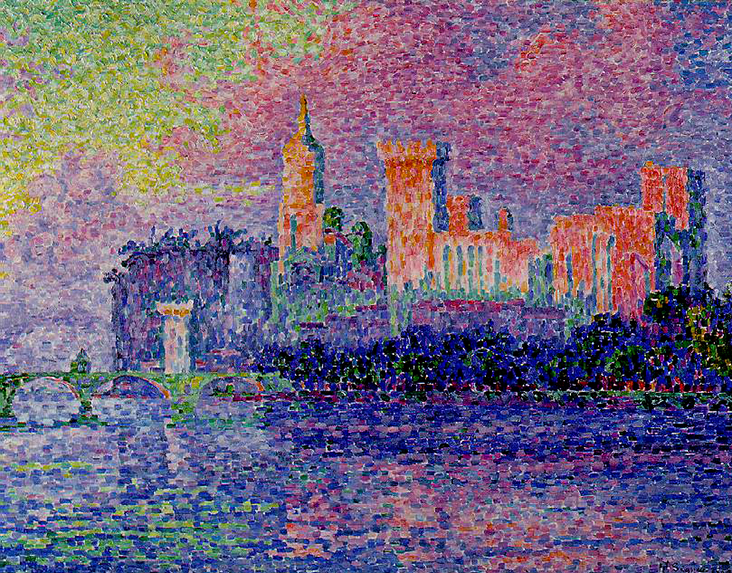




















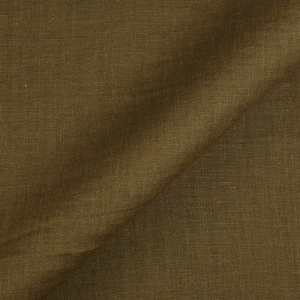


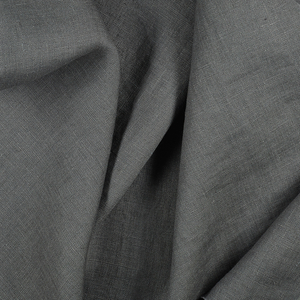
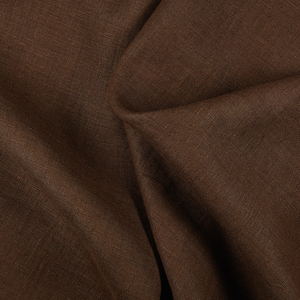


















Leave a comment